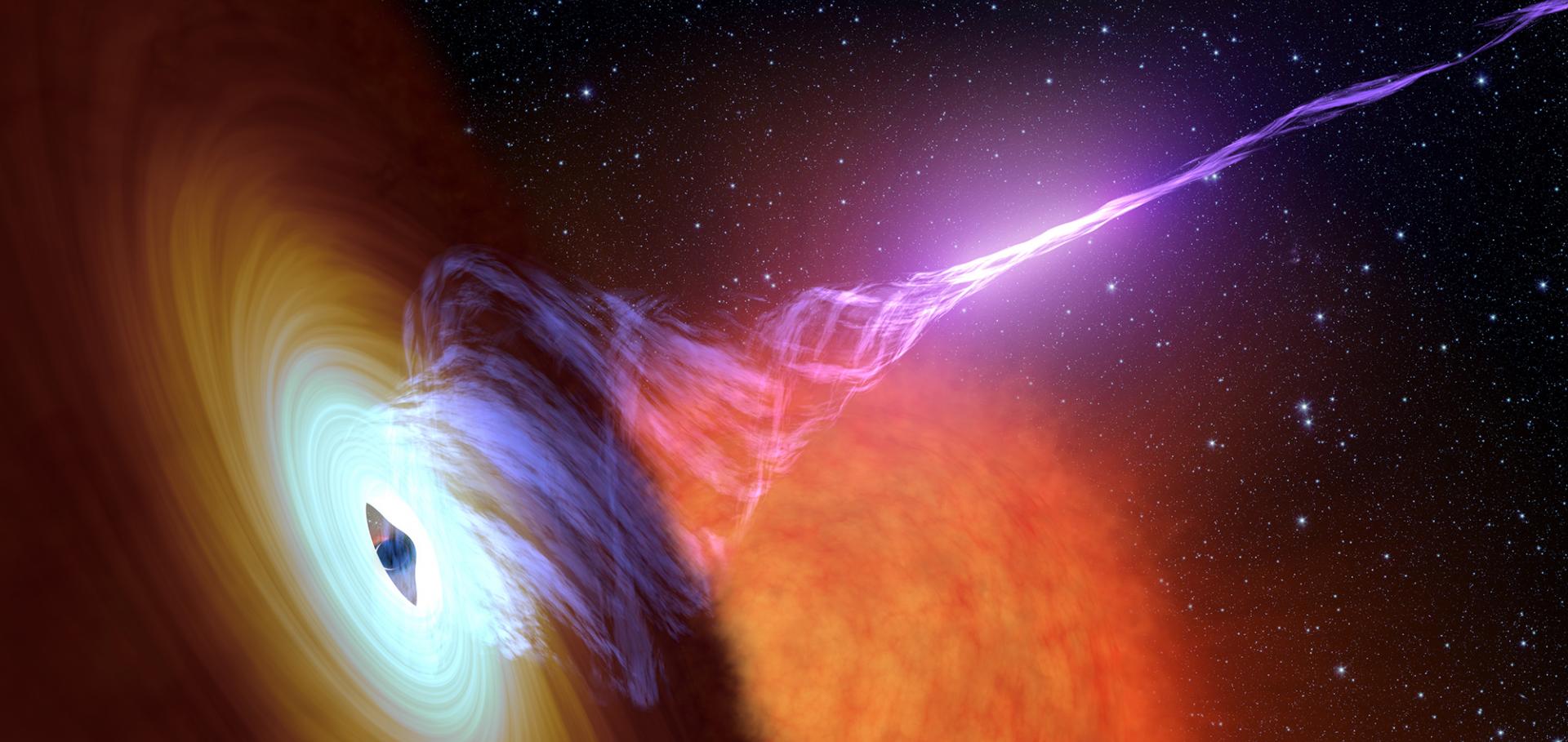Black hole spin measurements through the relativistic precession model: XTE J1550-564
Monthly Notices of the Royal Astronomical Society: Letters Oxford University Press (OUP) 439:1 (2014) l65-l69
A LINK BETWEEN X-RAY EMISSION LINES AND RADIO JETS IN 4U 1630–47?
The Astrophysical Journal Letters American Astronomical Society 784:1 (2014) l5
Probing the Bright Radio Flare and Afterglow of GRB 130427A with the Arcminute Microkelvin Imager
(2014)
A Link Between X-ray Emission Lines and Radio Jets in 4U 1630-47?
(2014)
Observational characteristics of accretion onto black holes II: environment and feedback
Cambridge University Press (CUP) (2014) 227-252


